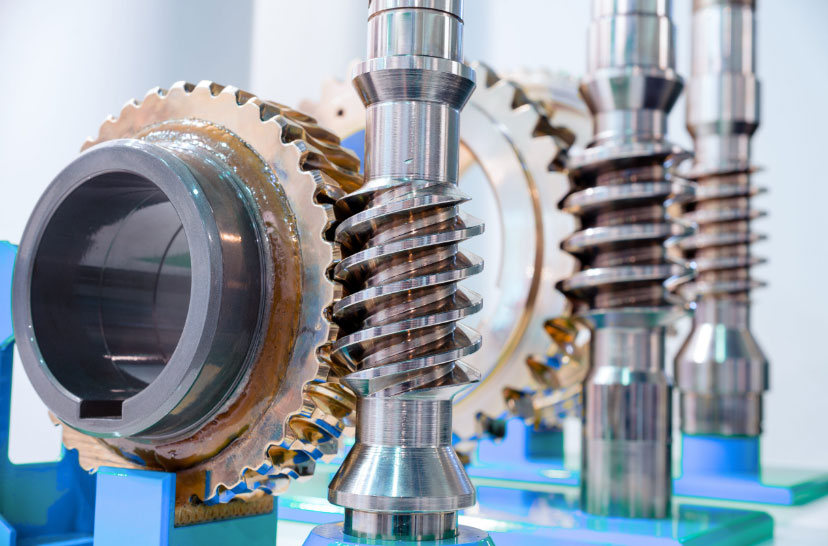
Helical gears play a vital role in automotive transmissions, contributing to improved performance and fuel efficiency in modern vehicles. Here’s how helical gears enhance automotive transmission systems:
1. Smoother Gear Engagement:
The gradual tooth engagement of helical gears results in smoother shifting between gears, reducing jolts and jerks during gear changes. This enhances driving comfort and reduces wear and tear on transmission components.
2. Reduced Noise and Vibration:
Helical gears operate more quietly and generate lower vibration levels compared to spur gears. This noise reduction contributes to a quieter and more refined driving experience.
3. Improved Efficiency:
The helical tooth profile allows for greater contact between gear teeth during engagement, leading to higher efficiency. Reduced sliding friction results in less energy loss, translating into improved fuel efficiency and reduced CO2 emissions.
4. Increased Load-Carrying Capacity:
Helical gears have a higher load-carrying capacity due to their larger contact area and multiple teeth in contact. This makes them well-suited for handling the torque and power demands of modern automotive engines.
5. Versatility in Gear Ratios:
Helical gears offer flexibility in achieving various gear ratios, allowing automotive manufacturers to design transmissions with a wide range of gear ratios to optimize performance for different driving conditions, such as acceleration, cruising, and climbing.
6. Compact Design:
Helical gears can achieve high gear ratios in a compact form, allowing for the design of smaller and lighter transmission systems. This reduction in weight contributes to improved vehicle efficiency.
7. Better Durability and Longevity:
The load distribution and reduced sliding friction in helical gears contribute to their enhanced durability. Well-designed helical gears can withstand higher loads and last longer, reducing the need for frequent maintenance and replacement.
8. Efficient Power Transmission:
The continuous engagement of helical gears reduces the possibility of gear tooth breakage during high torque applications, making them more reliable for power transmission in automotive drivetrains.
9. Smooth Shifting in Manual Transmissions:
In manual transmissions, helical gears facilitate smoother gear changes, making it easier for drivers to shift gears without excessive effort or gear grinding.
10. Compatibility with Synchronized Transmissions:
Helical gears are compatible with synchronized manual transmissions, which use frictional devices (synchromesh) to match gear speeds and allow smooth shifting without grinding.
Due to these advantages, helical gears are widely used in modern automotive transmissions, whether in manual, automatic, or continuously variable transmissions (CVTs). As automotive technology continues to evolve, helical gears will continue to play a critical role in enhancing vehicle performance, fuel efficiency, and overall driving experience.
